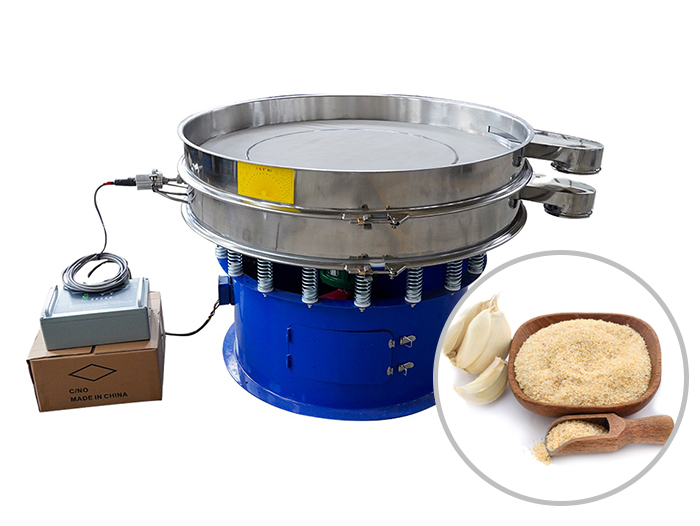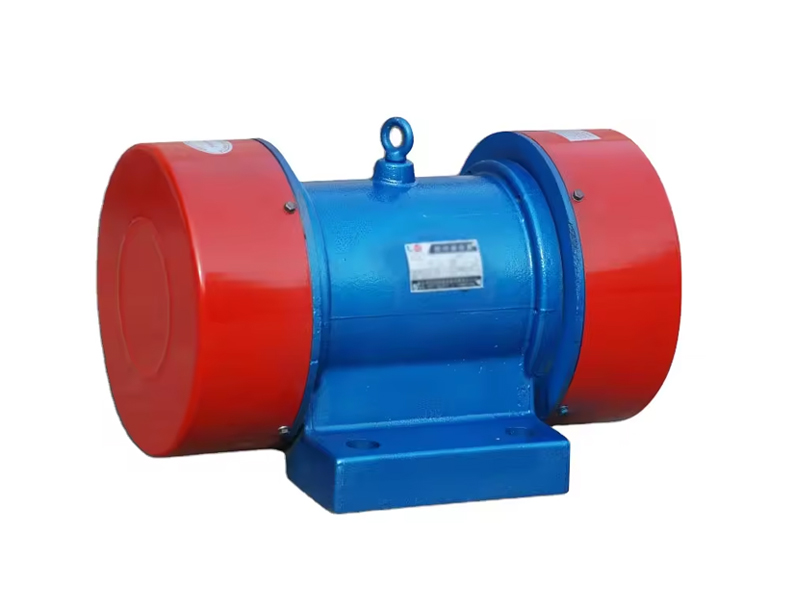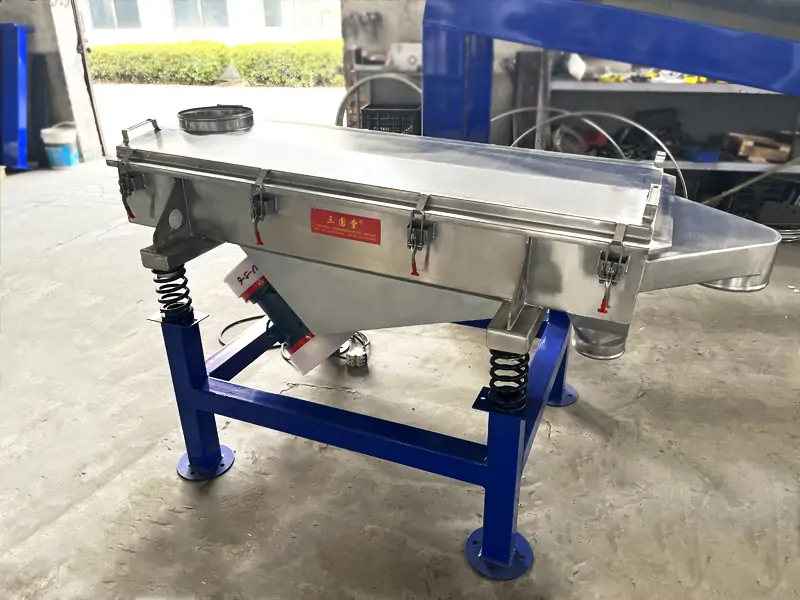Linear vibrating screen and rotary vibrating screen are widely used fine screening equipment. This article highlights the differences between the two to help users distinguish them more easily.
Main Differences Between Linear Vibrating Screen and Rotary Vibrating Screen:
Appearance
Linear vibrating screen has a rectangular shape, hence they are also known as square vibrating screens. In contrast, rotary vibrating screen has a circular design and fall under the category of circular vibrating screens.
Working Principle
Linear vibrating screen is powered by dual motors. The combined effect of the excitation force and the material’s gravity causes the material to be thrown up and move forward in a straight line. The material is then graded through screens of various specifications.


Rotary vibrating screens use an upright vibration motor as the excitation source. This motor converts its rotational motion into three-dimensional motion—horizontal, vertical, and inclined—which is then transmitted to the screen surface. This causes the material to move outward on the screen surface, allowing for material removal, grading, and filtration.
Screening Materials
Linear vibrating screen is suitable for screening dry powder materials with a particle size range of 0.074-5mm(such as color masterbatchs), water content below 70%, and no stickiness. The feed particle size should generally not exceed 10mm.
Rotary vibrating screens are ideal for screening powders, granules, and slurry materials. They offer a versatile solution for impurity removal, classification, and filtration.
Screening Meshes
Linear vibrating screen can screen up to 400 meshes with a screening efficiency exceeding 96%. Rotary vibrating screens can remove impurities classify powders and particles within 500 meshes and filter liquids down to 5 microns.
Screening Outputs
Linear vibrating screen is designed for rough screening, and may not offer the same accuracy as rotary vibrating screens but can screen 0.12 to 20 tons per hour due to their dual motor drive. Rotary vibrating screens provide higher screening accuracy but lower output, with an hourly capacity of up to 5 tons.
This overview outlines the key differences between linear vibrating screens and rotary vibrating screen, assisting users in making informed decisions based on their specific screening needs.





















